-
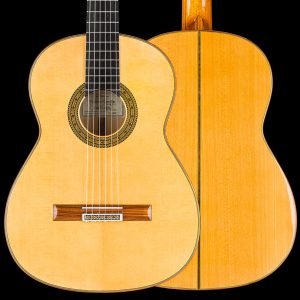
Vicente Carrillo flamenco guitar “Flamenco Blanca” 1A
3100,00 € taxes calculated at checkout -

Graciliano Perez flamenco guitar “mixed earth”
3150,00 € taxes calculated at checkout -
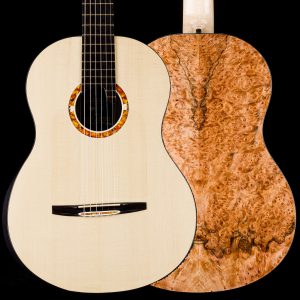 VIDEO
VIDEOTurkowiak flamenco guitar “black diamond” #443 – sound sample
5900,00 € taxes calculated at checkout -
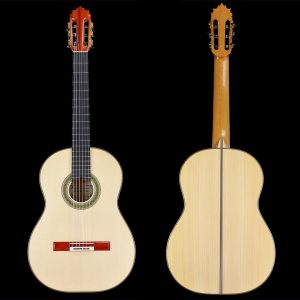 VIDEO
VIDEOMartinez y Cortes flamenco guitar “blanca” 1a (2023) – sound sample
2400,00 € taxes calculated at checkout -
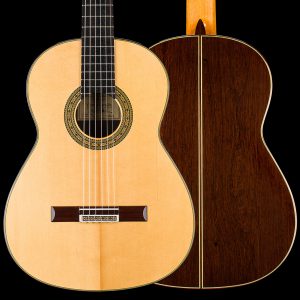 SOLD
SOLDVicente Carrillo flamenco guitar “Flamenco Negra” 1A – Madagascar
-
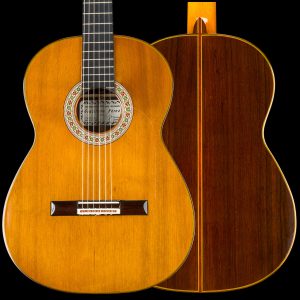 SOLD
SOLDGraciliano Perez flamenco guitar “negra” Madagascar (2021)
-
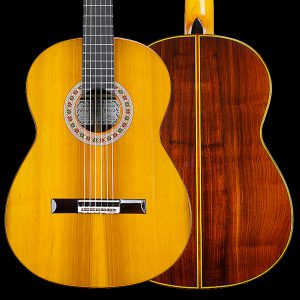 SOLD
SOLDGraciliano Perez flamenco guitar “negra” Cedar + Indian – sound sample
-
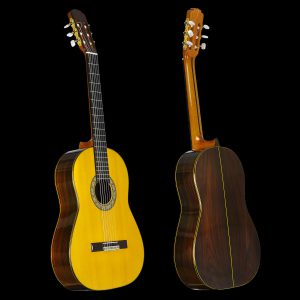 SOLD
SOLDFlamenco guitar negra Francisco Gambero 2020 – sound sample
-
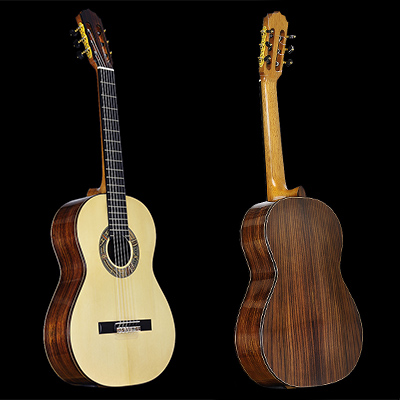 SOLD
SOLDGuitarras Cofradia – flamenco negra guitar
-
 SOLD
SOLDVicente Carrillo flamenco concert guitar Pasion Flamenco Negra – Madagascar – demo video
-
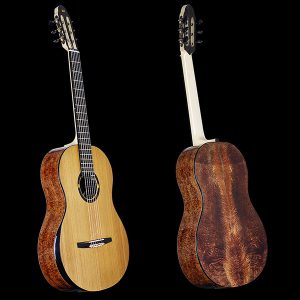 SOLD
SOLDRafal Turkowiak flamenco guitar #424 – demo video
-
 SOLD
SOLDRobert Granda negra flamenco guitar – pau ferro
-
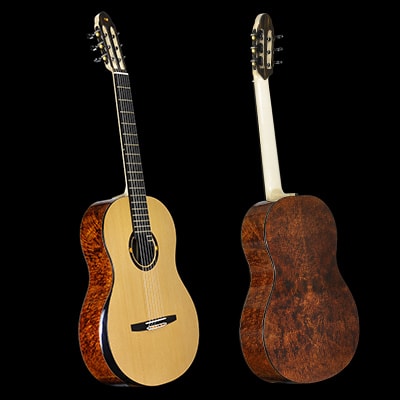 SOLD
SOLDRafal Turkowiak concert flamenco guitar #483
-
 SOLD
SOLDJose Ramirez Estudio flamenco guitar (2018)
-
 SOLD
SOLDAndalusian Guitars flamenco guitar – Marcelo Barbero 1948
-
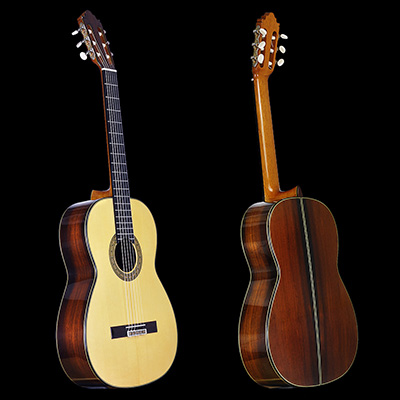 SOLD
SOLDVicente Carrillo Flamenco concert guitar negra – Madagascar
-
 SOLD
SOLDGraciliano Perez flamenco guitar “negra” Cedar + Indian Rosewood
-
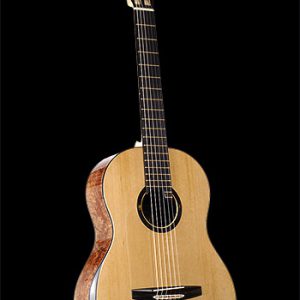 SOLD
SOLDRafał Turkowiak flamenco guitar #383 – video
-
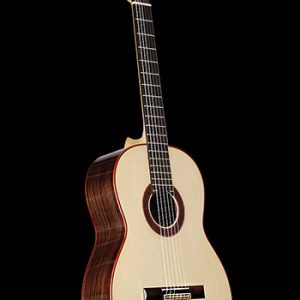 SOLD
SOLDFidel Siles flamenco guitar negra HG Series 2020- video
-
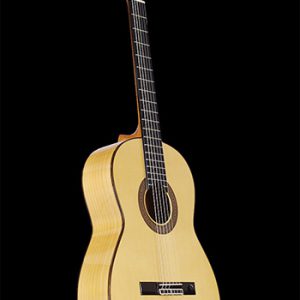 SOLD
SOLDPaco de Lucia SIROCO flamenco guitar (2004) amplified – video
-
 SOLD
SOLDAndalusian Guitars flamenco guitar Santos Hernandez 1927w (with Carlos CS Sensor)
-
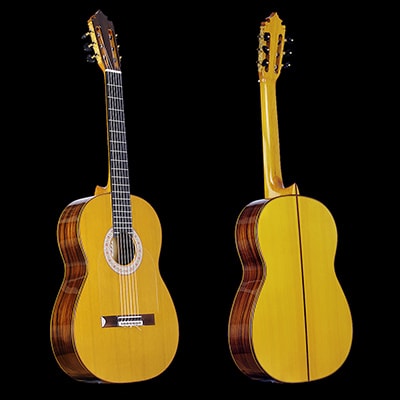 SOLD
SOLDGraciliano Perez flmenco guitar “mixta”
-
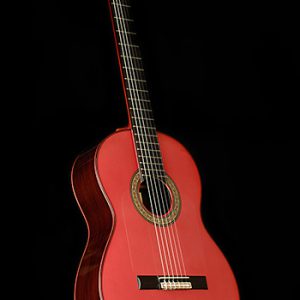 SOLD
SOLDHermanos Conde flamenco guitar Media Luna Negra (2011)
-
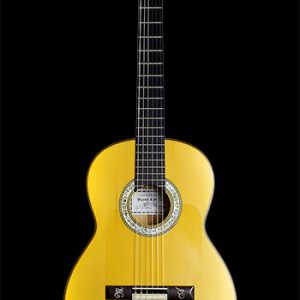 SOLD
SOLDVincente Carrillo flamenco guitar (2007)
-
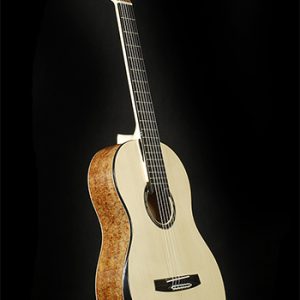 SOLD
SOLDRafał Turkowiak flamenco guitar No 275 (2019)
-
 SOLD
SOLDSpanish flamenco guitar Esteve 8F (2016)
-
 SOLD
SOLDHermanos Camps Primera Negra flamenco guitar (2020) – amplified
-
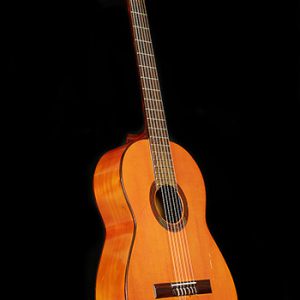 SOLD
SOLDHermanos Conde flamenco guitar (1967)
-
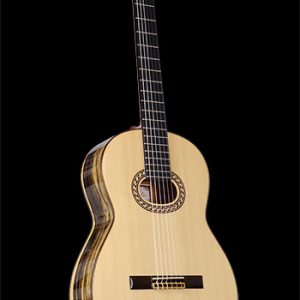 SOLD
SOLDPrudencio Saez flamenco guitar 37 especial
-
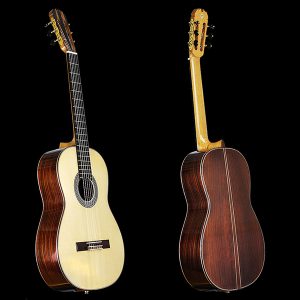 SOLD
SOLDFidel Siles flamenco guitar negra HG Series 2020 (Carlos VIP DM Pickup)
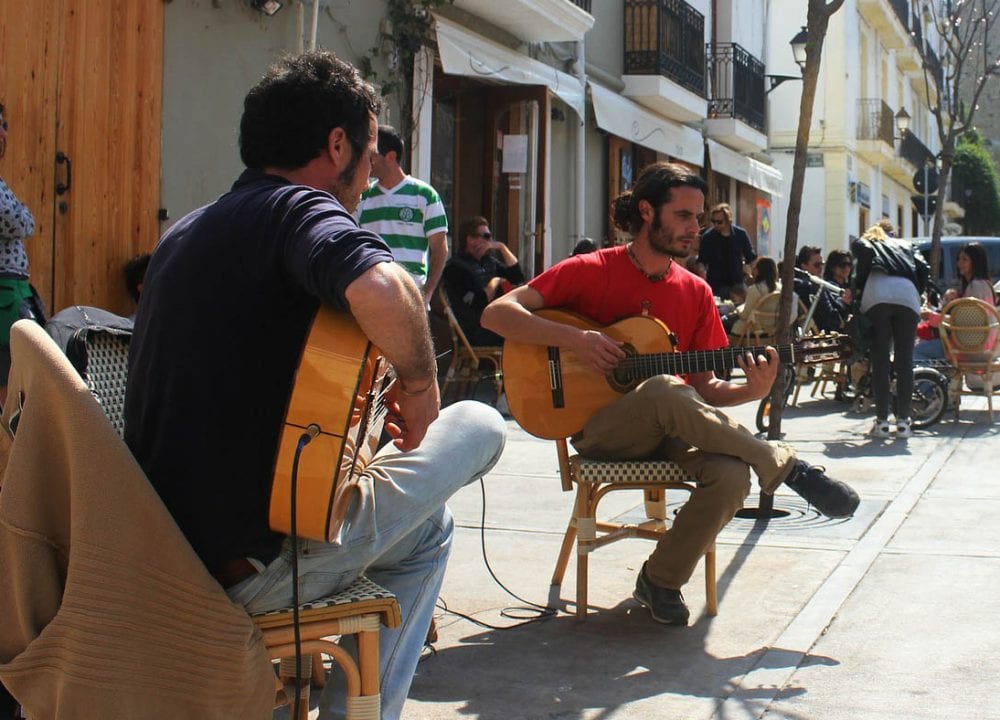
Easy try - 14 days to decide
Buying a handmade flamenco guitar is a BIG decision. To give you a piece of mind we offer you 14 days to decide if you want to keep the guitar you bought from us. With no questions asked you can just send the guitar back to us in unchanged condition and we will give you a full refund. Please bear in mind that shipping costs will not be refunded. You can not return a guitar which was made on your custom order or modifyed on your request (eg pickup installation). Call us if you have any doubts.
Watch our flamenco guitar music videos
Flamenco guitar history
The history of flamenco guitar is closely intertwined with the history of flamenco music itself. Flamenco is a passionate and expressive genre of music, song, and dance that originated in the Andalusian region of southern Spain. While the precise origins of flamenco are debated, it is believed to have evolved over several centuries, drawing from a variety of cultural influences, including Romani (Gypsy), Moorish, Jewish, and Andalusian Spanish traditions. The guitar has played a central role in the development of this art form.
Here is a brief overview of the history of flamenco guitar:
Early Roots of flamenco guitar:
The exact emergence of flamenco guitar is challenging to pinpoint, but it is generally believed to have evolved during the late 18th and early 19th centuries. It was during this time that the guitar was introduced to Andalusia. Prior to the introduction of the guitar, flamenco was primarily vocal and percussive, relying on handclaps and singing.
Guitar in Flamenco:
As the guitar gained popularity in Andalusia, it became an integral part of the evolving flamenco tradition. Musicians and singers began using the guitar to accompany the songs and dances, and the instrument’s role in flamenco continued to expand.
Flamenco Guitar Styles:
Different styles of guitar playing developed over time within the realm of flamenco, including the “toque” (guitar playing). These styles often corresponded to specific “palos” or forms of flamenco, such as the soleá, bulerías, and seguiriyas. Each palo has its own unique rhythm and mood, and guitarists had to adapt their playing to suit the particular form they were accompanying.
Maestros and Evolution:
Various guitarists throughout the 19th and 20th centuries played a significant role in shaping the flamenco guitar tradition. Guitarists like Paco de Lucía, Vicente Amigo, and Paco Peña are just a few of the many virtuosos who have made substantial contributions to the art. These maestros brought innovations in technique, composition, and the use of harmonies to the genre.
International Recognition:
Flamenco, and by extension, the flamenco guitar, gained international recognition during the 20th century. Flamenco music and dance found a global audience, and many non-Spanish guitarists started incorporating flamenco elements into their own playing.
Contemporary Flamenco Guitar:
Today, the flamenco guitar has evolved into a sophisticated and highly respected instrument in the world of music. Contemporary flamenco guitarists continue to push the boundaries of the genre, combining traditional elements with modern influences, creating fusion styles and exploring new techniques and compositions.
Flamenco guitar has a rich and complex history, and its evolution is closely tied to the broader development of flamenco music and culture. It remains a symbol of Spanish cultural heritage and continues to captivate audiences worldwide with its emotional and evocative sounds.
Flamenco guitar vs classical guitar - what are the differences
Flamenco guitars were mainly used as an accompanying instrument for flamenco dancers. Accordingly, the main task was to provide rhythm over melody. Moreover, flamenco guitar playing uses techniques not found on classical guitar, such as golpe (striking the top of the guitar). Hence, the tops of flamenco guitars are equipped with a protective plate called “golpeador” (a bit like pickguards, but larger) which nowadays are usually transparent. To make it easier to hit the guitar top, the height of the strings above the guitar top next to the guitar bridge must be lower on flamenco guitars than on classical guitars – so flamenco guitar bridges also need to be lower. The body of a flamenco guitar is often shallower to make the sound shorter, more percussive. The string action on a flamenco guitar is also much lower than on a classical guitar. Classical guitarists tend to avoid string buzz at all cost, while some string buzz is a part of the sound of a flamenco guitar. Read more in our detailed article on this topic.
